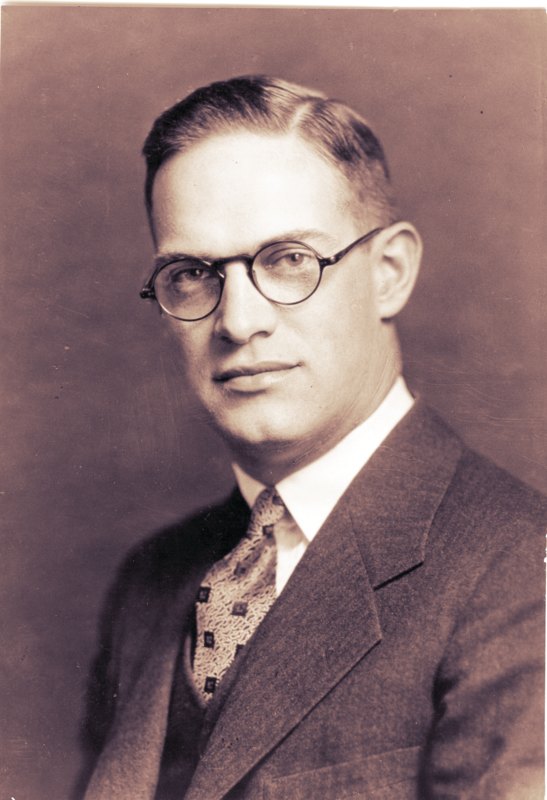Arthur C. Hardy
Arthur C. Hardy

1935 President Arthur Hardy was born in 1895. He is best known for developing recording spectrophotometers and color analyzers. With Fred H. Perrin Hardy wrote the classic text The Principles of Optics.
Shortly after World War I, Hardy went to work as a physicist in Eastman Kodak Research Laboratories. When he moved on to Massachusetts Institute of Technology, Hardy continued his spectrometry and color work but also found time to invent a novel instrument—a light piano. A 1931 account in “Modern Mechanix” describes the device in which beams of light and a photoelectric cell produce completely new sounds based on light. The heart of the “light piano” was a glass disc that had concentric sound tracks recorded into the medium photographically. This disc rotated rapidly in front of a photo electric cell. Light from a small lamp passed through the sound tracks, thereby generating currents in the photo-electric cell that are amplified and fed into a loud speaker. The pitch of each note was determined by the number of wave lengths on each sound track.
As chair of MIT’s physics department, Hardy created the Visibility Laboratory with Seibert Duntley in 1939. It was focused on applying optics to such problems as camouflage, misdirection of aerial bombardment, target location, and visibility of submerged objects at sea.
A strong promoter of OSA, Hardy served for 25 years on the Board of Directors. He served for 17 years as secretary. He received the 1957 Frederic Ives Medal and the Franklin Institute’s Longstreth Award. He was a Fellow of OSA.
Arthur C. Hardy died 31 October 1977.
Document Created: 26 July 2023
Last Updated: 03 December 2024
